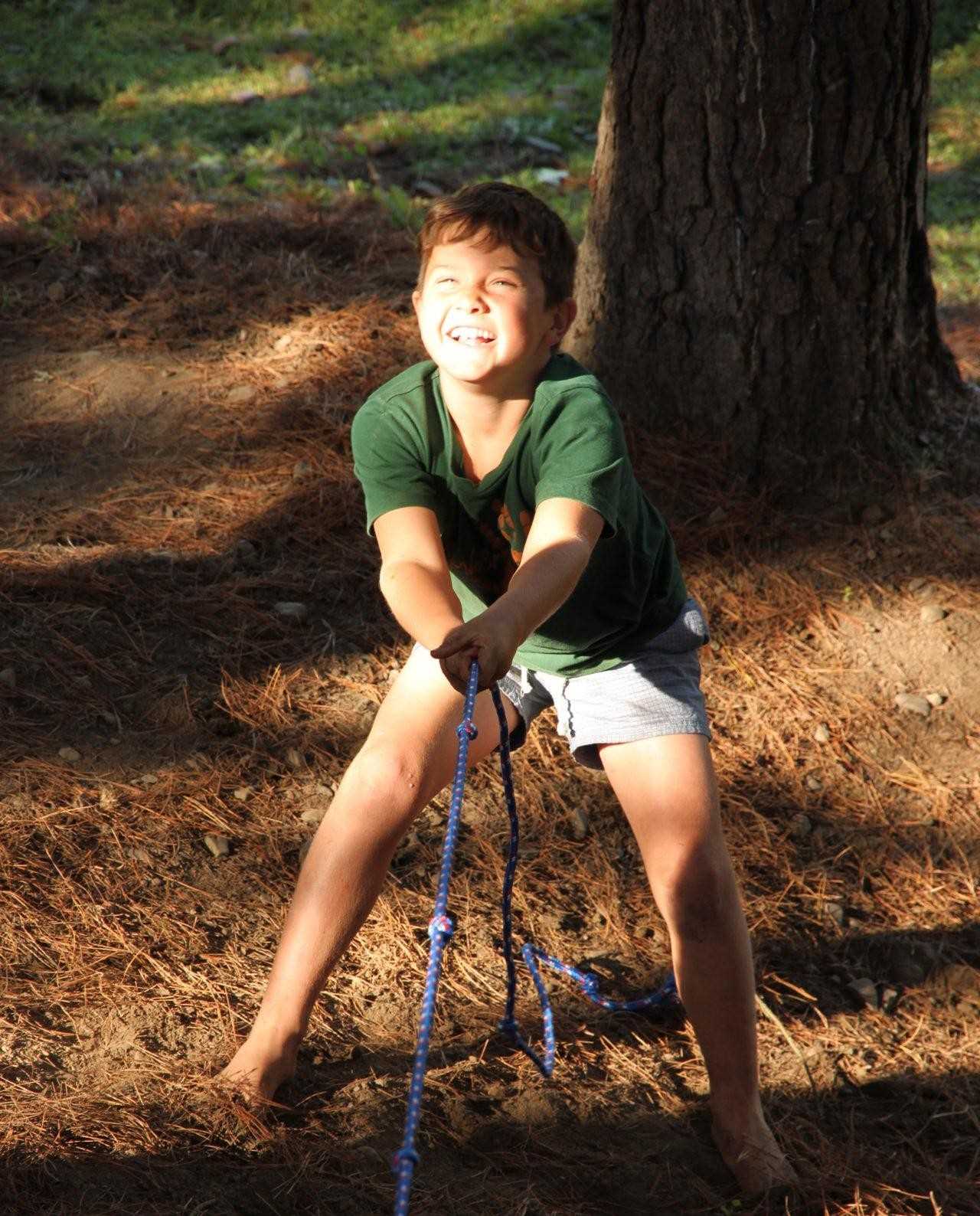
Hawke’s Bay leads the way in research projects aimed to get young children more active
Hawke’s Bay is leading the way in two research projects aimed to get children aged 3-12 years more active, more often.
A school fitness project Pau Te Hau (Get Puffed) is entering its second year across eight Hawke’s Bay primary schools involving 300 year 5-8 students while a programme called Movement Active Physical Play (MAPP) is being undertaken as part of a PhD by Hawke’s Bay local Wendy Pirie.
The $1.3 million Pau Te Hau project was hit by disruptions in 2021, with the Auckland part of the research coming to a halt as schools went into lockdown but the findings from the Hawke’s Bay schools are set to be released in April.
Pau Te Hau was led by Auckland University of Technology (AUT) Associate Professor Dr Nigel Harris and supported locally by the Hawke’s Bay Community Fitness Centre Trust (HBCFCT) and funding from Royston Health Trust.
Dr Harris said that because Auckland schools were unable to complete the project, the collation of data was disrupted so two Hawke’s Bay research assistants were trained to complete the Hawke’s Bay based findings.
As part of the Health Research Council funded project students spent 10-15 minutes doing high-intensity interval training (HIIT) with real-time heart rate monitoring within a classroom setting.
The findings will be released initially to partnering schools, funders and key stakeholders in April to determine the effectiveness of embedding the programme within the wider school health and physical education curriculum.
“Hawke’s Bay has ensured that the project hasn’t been completely impacted by COVID19 and that we can still release the results. What we already know is that the schools, teachers and students enjoyed the classroom workouts and are keen to continue this as part of their curriculum. Essentially we want to help teachers with a practical programme that is easy to use so it becomes an integral part of the school week, and has a meaningful impact on kids’ health and wellbeing.” says Professor Harris.
Mrs Pirie’s PhD extends from the preliminary work by HBCFCT and is also aimed at creating physical activity opportunities within an education setting for children 3-5 years, using MAPP characters to introduce movement adventures. She says each 15 minute session is delivered by a teacher, who introduces the characters Max, Ann, Piri and Pip and their fun foundational movement skills. “It’s important to create fun physical activity opportunities at an early age, so that children learn movement skills to start a lifelong journey of being active.”
Early funding for Pau Te Hau was also provided by the Royston Health Trust, which has been a big supporter of the HBCFCT research projects. HBCFCT Health and Sport Performance Manager Joe Payton said the objective of doing a HIIT in the classroom was to reach a target of 90 percent of estimated maximum heart rate for the students. He says teachers do not need specific knowledge or sports skills to lead the sessions, with some being underpinned by Mātauranga Māori in the form of setting the exercise to traditional Māori stories (pūrākau), and the use of te reo. “We work with students in different programmes and we think that having an effective teacher-led programme that is easy to sustain is particularly valuable. Seeing the improvement in kids’ fitness levels is great but more importantly they are really keen to move and push themselves physically, which is really satisfying.”
Another recent AUT based study showed children who had more screen time than the recommended guidelines from the age of two, were more likely to be obese, have more illnesses, more visits to the doctor, lower physical motor skills, and exhibit hyperactivity problems. This is leading to children less physically capable and less inclined to take up sport and other beneficial movement activities.